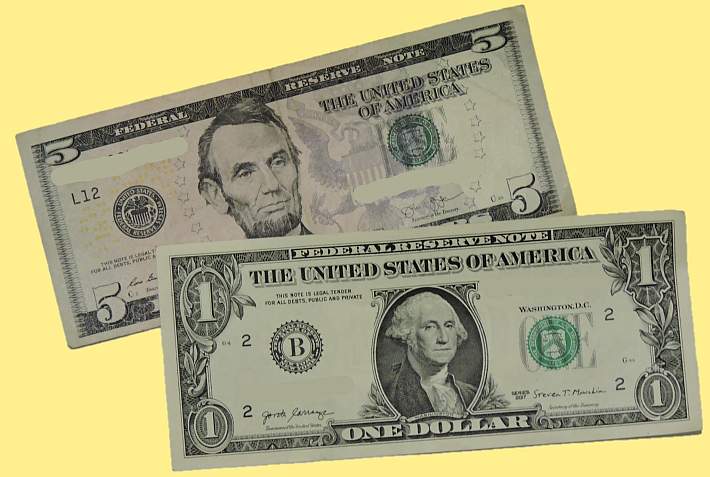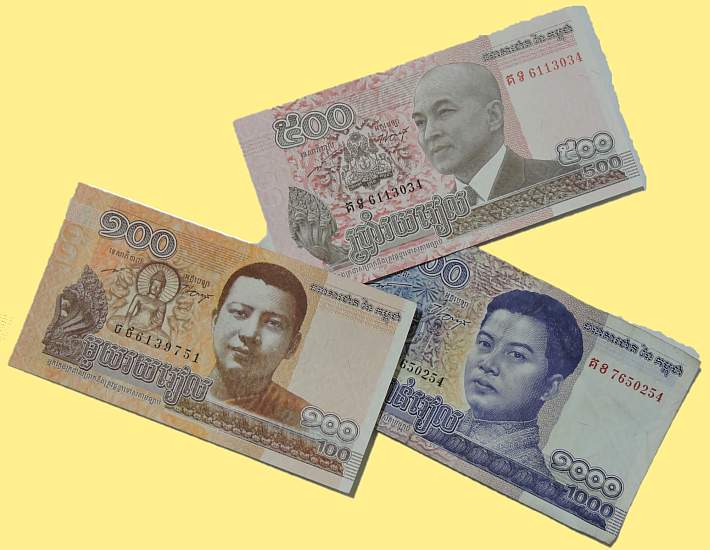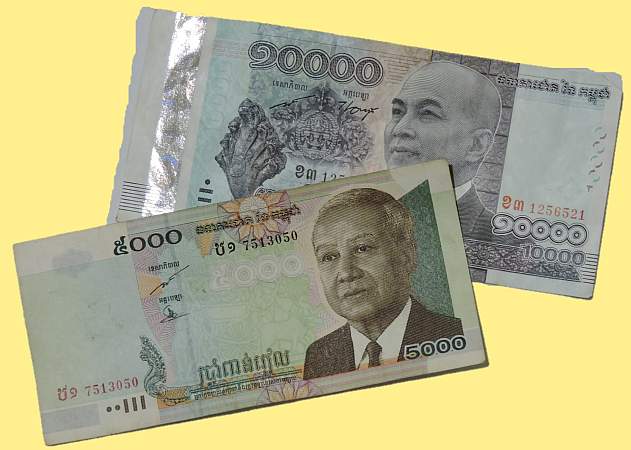
Supper Time

Charlie Dittmeier's Home Page

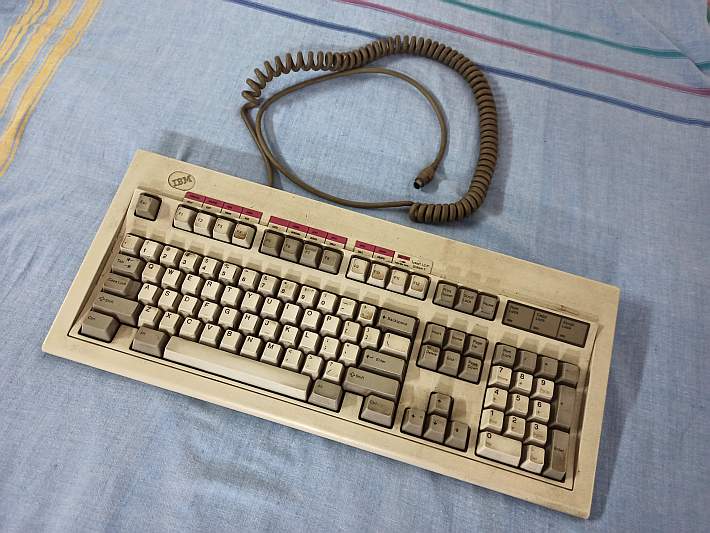
This is my 1984 IBM clicker keyboard that has been going strong for 35 years. But today it suddenly stopped lighting up! O sorrow! This is one of the real things, not one of the six-ounce plastic jobbies that come with desktops today. It weighs about six pounds and in its day, this clicker was worth $600. I’m hoping I can find some repair geek around here to take a look at it. I’m suspecting the problem is in the cable.
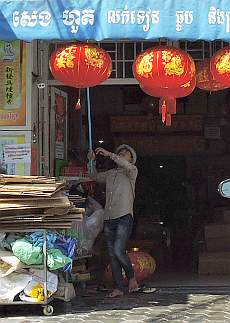
The Lunar New Year (most commonly called the Chinese New Year in the U.S.) will begin on February 12th this year. Click here to see some of the preparations for the festival that are starting to appear.

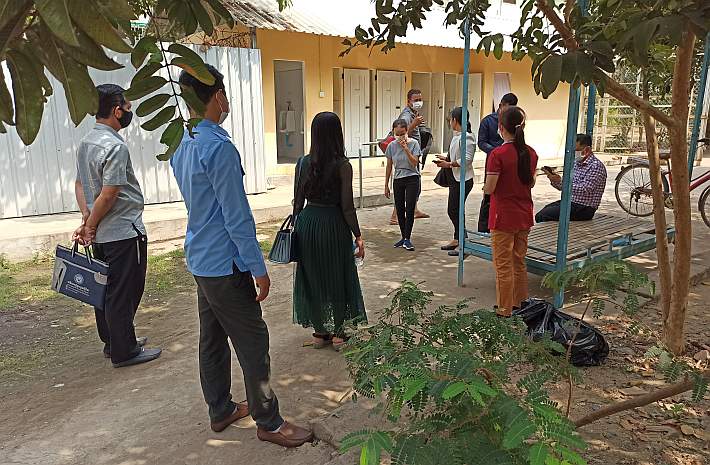
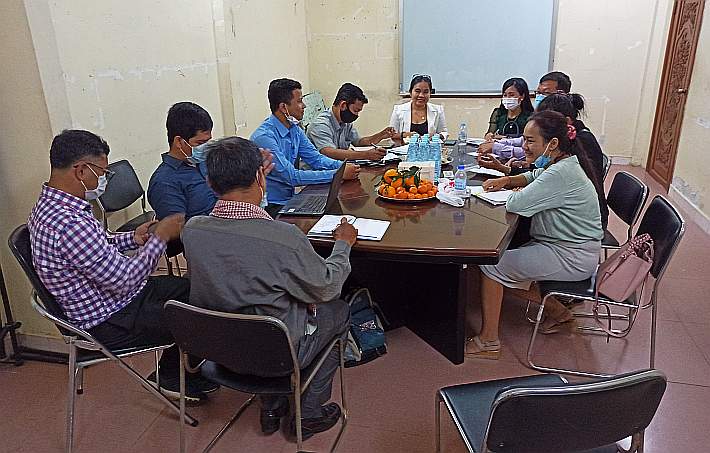
Freidrich Nietzche
Love is blind; friendship closes its eyes.

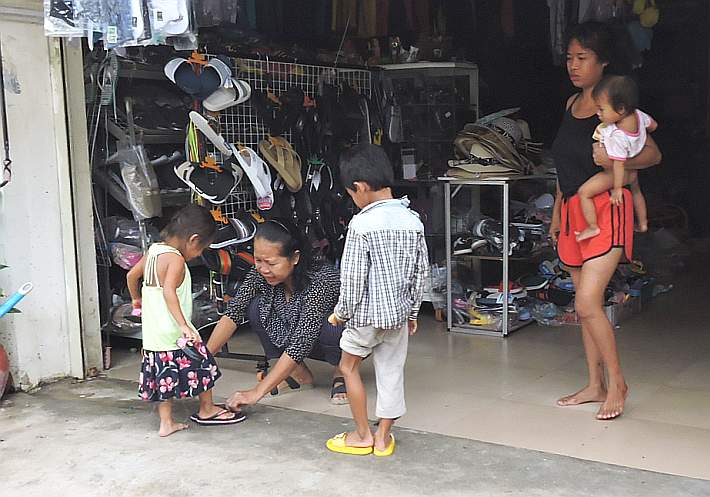
One of the actions of the Khmer Rouge under Pol Pot was to abolish money, specifically the Khmer riel, the national currency. Partly because of that and partly because of inefficient handling of monetary policy after the Khmer Rouge were defeated, the riel never regained the trust and acceptance of the Khmer people. When a new post-Khmer Rouge government was established, the US dollar became the central currency in use in Cambodia, and it has remained as a fully legal currency until now. Transactions can take place in either the Cambodian riel or US dollars, and they are freely interchangeable.
Now, however, mostly for reasons of national pride, but also to give the central bank more control over the national currency, the government is encouraging de-dollarization and increased use of the riel. Recently to support use of riel, the government has discouraged the use of US $5 and $1 notes. After a period in which they could be exchanged for riel at no cost, the government has allowed banks to charge a fee to accept the $5 and $1 bills to create a disincentive for using the smaller US bills although they still remain legal.
That measure has had its intended effect. The majority of $5 and $1 bills previously in circulation for small transactions has disappeared. A typical transaction today is paid only with riel, or if a larger US dollar note is used, any change under $10 will be returned in riel. For example, if a person offers a $50 bill to buy an $11 book, the buyer will receive in change a $20 bill, a $10 bill, and the equivalent of $9 in riel. Smaller amounts of riel paper notes are also given because the Cambodian monetary system has no coins.
